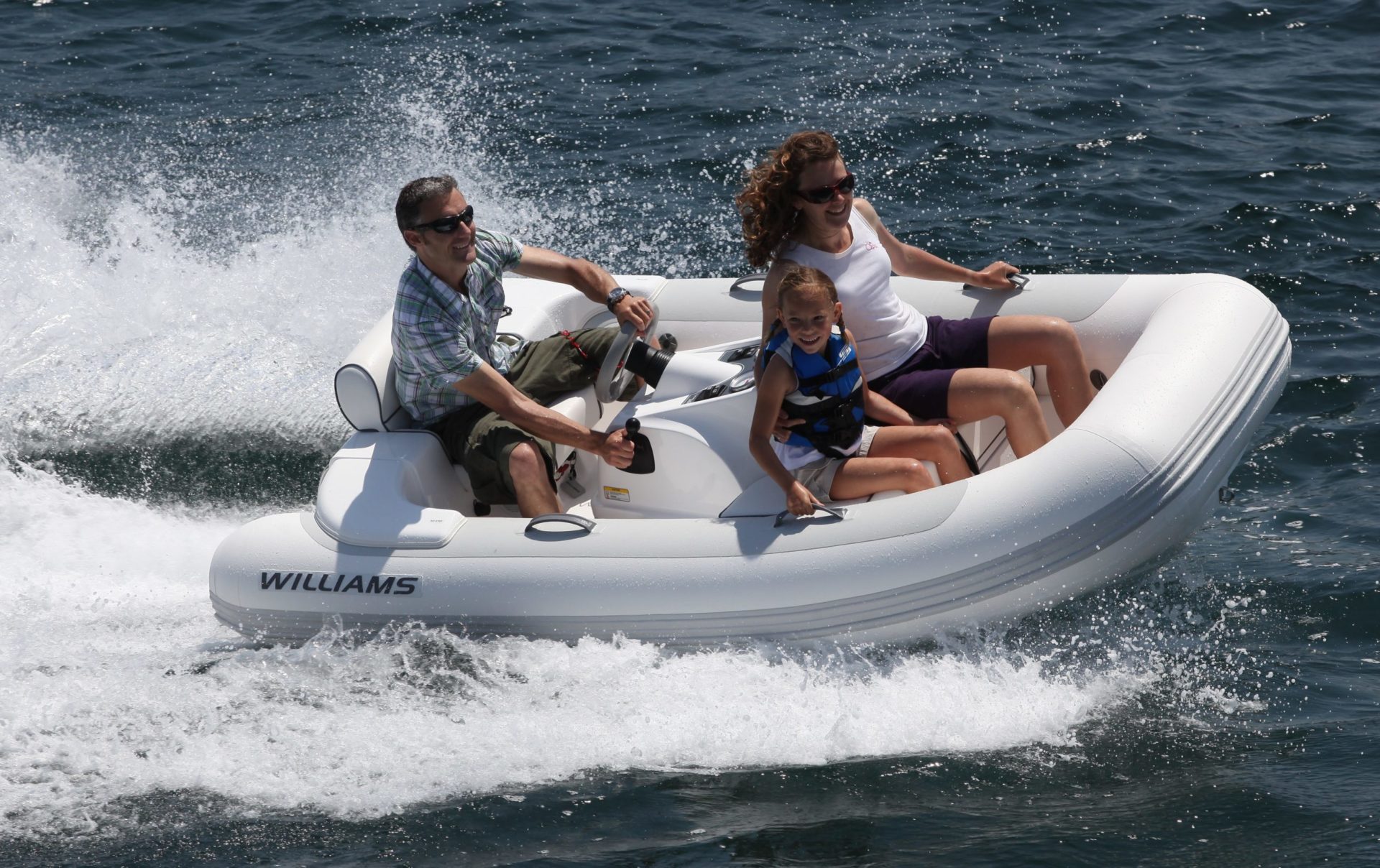All inflatable crafts require a membrane or skin to store air, and an inflation valve that allows air to be added or removed. Suffice to say, valves are an important element of inflatable structures. By understanding how to repair and maintain an inflatable boat valve, you can achieve optimum performance.
What Issues Can Affect Performance?
The majority of valves used on inflatable boats need little maintenance, provided they are of decent quality. The best way to prevent issues from arising with valves is to clean them thoroughly. Grit, sand and other particles can stop a valve’s working surfaces from sealing correctly. When you inflate your boat, you should use the right pump adaptor for your valves – then keep the valve caps in position. When you need to add air during a boat trip, use a top-off pump to emit air puffs into valve openings. This will displace any debris or water.
An inflatable boat pressure relief valve is especially vulnerable to foreign matter causing leaks. A pressure relief valve releases pressure that surpasses its pre-set limit. It has no cover and is located on the floor of the vessel, where particles such as sand accumulate.
Boat Valve Maintenance and Replacement
Apart from requiring an occasional clean, inflatable boat valves rarely need attention. Due to their design and the materials used to make them, routine maintenance is not necessary. Our distributors stock kits with spare parts that can help with inflatable boat valve repair. If repairs are unsuccessful or impossible though, your boat valves will have to be replaced.
Sometimes, a valve on your boat will become defunct, or you will fail to find a suitable inflatable boat valve replacement. One effective solution is to detach the existing valve, then install a Leafield C7 Inflation Deflation Valve into a Doughnut Patch. Hypalon Doughnut Patches are suitable for all boat materials with a rubber coating. Boats made from alternative materials will need appropriate patches cutting out.







